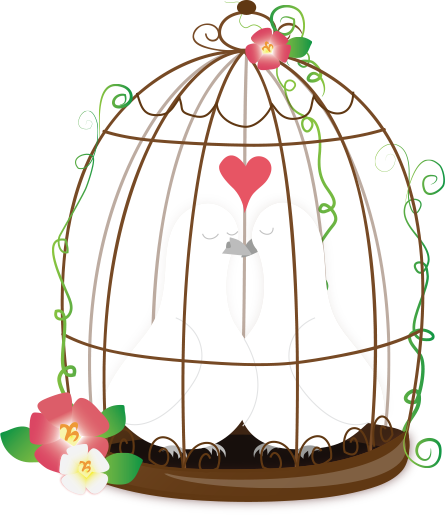Love is not always a cycle of shared, escalating bliss. When love is not mutual – when the pattern of attraction, desire and need is felt by one person and not the other – than the outcome is far from satisfactory. (Baumeister and Wotman, 1992, P.2)
Unrequited love is something that is labelled as “one sided love” that is not accepted or tolerated by the other party. You have stories, songs and entire collections of art made about one sided love. During the process of developing “Lovefool” I looked more into different branches of love. Of course we have the standard idea of what love is, and should be, but there are so many sub levels of this intense feeling of love. In the development I thought it would be wise to delve deeper into on of the more harmful stages of love. We as a society seem to glamourise this idea of how this type of love can be a beautiful thing, how it can be seen as cute or romantic? Or even tragic?
One such instance would be in Goethe’s book The Sorrows of Young Werther a story of young man who falls in love with a woman who is ‘as good to be’ engaged to another man, who happens to be out of town. Werther’s love begins to bloom rapidly and he is beginning to think that Charlotte loves him too when the other man, Albert, returns to claim his bride. Werther finds his world turned upside down. Nothing brings him pleasure of consoles him. He struggles futility to recover by going away, but he soon returns. Charlotte’s husband begins to suggest that Werther is spending to much time with her. She tells Werther to stay away for a few days, and he becomes extremely agitated. He returns to her that same night her husband is away. They converse and read poetry together, gradually becoming more and more intimate. Finally Werther seizes her and kisses her passionately. She responds at first but then pushes him away and, filled with guilt and uncertainty, tells him to never see her again. He leaves and commits suicide, leaving her a letter declaring his love for her. (Baumeister and Wotman, 1992, P.2-3)
While yes the idea of having a willingly passionate man read you poetry and then become spurred and kill himself over you is oh so very romantic of him, you can’t help but feel sorry for Charlotte, the bride. Here she is trying to adapt to her new life of being a wife but here she has this obviously nice gentleman come along and try to woo her, but the desperate tone of his advances is strong. I feel more for the woman who has to now deal with the thought of a man who couldn’t just take the hint. It probably didn’t help that Charlotte possibly did lead him along a little but the fact is Werther should have known in the first place to have not even tried to get with a married woman. This sounds like a soap opera in some cases but this does seem familiar to a plot line on Eastenders. I digress.
But in some cases what if the jealousy and frustration of being ignored takes over? The modern day equivalent to Goethe’s tale could be so much worse than just the one lonely suicide of a man who got rejected.
It’s always been that tale of how the frustrated male gets tired of his advances being spurred by the female and he takes it into his own hands by aggressive means.
If you were to type in the words “jealous killing” on any search engine on the internet, or even if you pick up a copy of a newspaper there is bound to a article on how men and woman have killed or devoted another parties life simply because of a consistent string of them trying to woo or be intimate with another who has rejected them. That doesn’t sound too romantic.
WORKS CITED:
Baumeister, R. and Wotman, S. (1992). Breaking hearts: The Two Sides of Unrequited Love New York: Guilford Press, P.2,3



